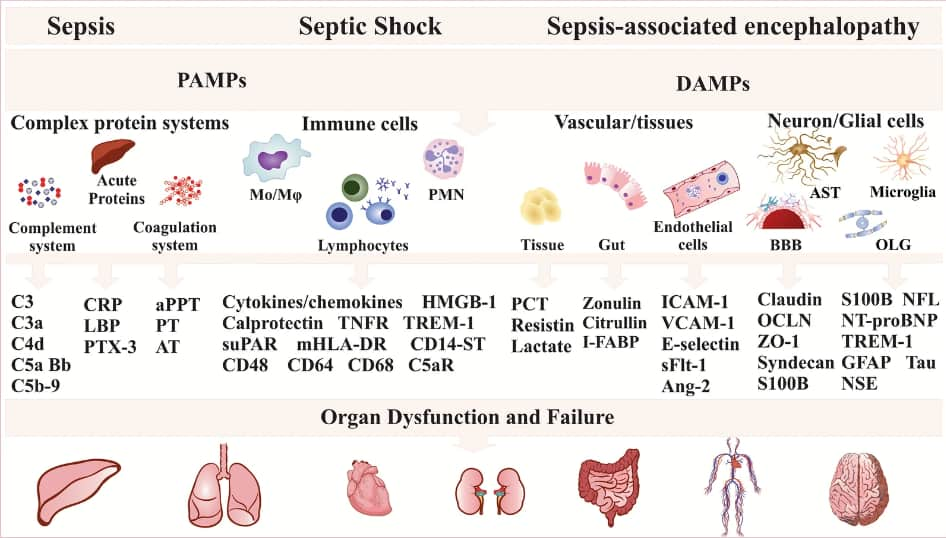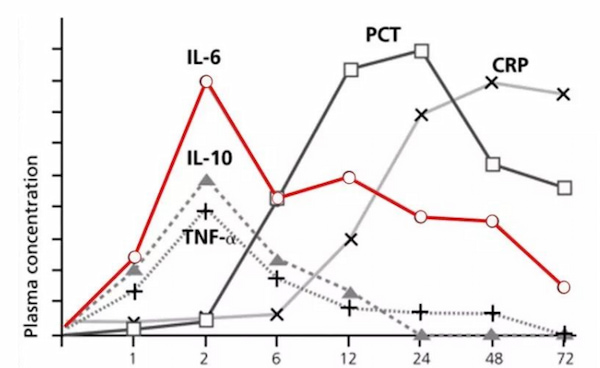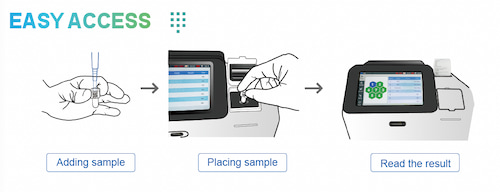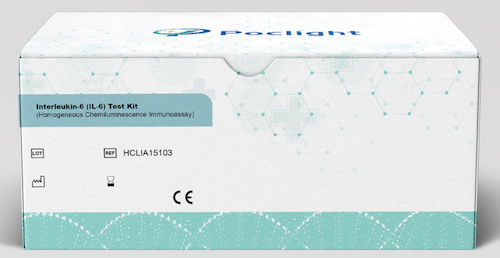Test Sooner, Act Faster – Enhance Sepsis Care with Poclight Diagnostics
1. The Global Burden of Sepsis
Sepsis is a life-threatening condition caused by the body’s extreme response to infection.
From data published in 2020, globally, over 49 million people are affected each year, with approximately 11 million deaths, representing 20% of all global deaths (Global, regional, and national sepsis incidence and mortality, 1990-2017: analysis for the Global Burden of Disease Study. Lancet. 2020 Jan 18).

Sepsis affects people globally, but incidence and mortality are highest in lower-middle-income countries (LMICs). In high-income countries, the average hospital cost per sepsis patient exceeds US$32,000.
Understanding the Risk
Anyone can develop an infection that leads to sepsis, but certain factors increase susceptibility. Older adults, infants (40% of all cases), pregnant women, and patients with pre-existing conditions—such as chronic kidney disease, liver disease, cancer, or heart failure—face higher risk.


Socioeconomic factors, access to healthcare, and living conditions also play a role, particularly in low- and middle-income countries where infections may be more prevalent and timely medical care is harder to access.
● High-risk populations: older adults, infants (half of all cases), pregnant women
● Pre-existing conditions: chronic kidney disease, liver disease, cancer, heart failure
● Socioeconomic & environmental factors: limited healthcare access, overcrowded living, poor sanitation
2. The Role of Biomarkers in Sepsis Diagnosis
Inflammatory biomarkers are measurable indicators of the body’s immune response to infection. In sepsis, key inflammatory biomarkers may include the following:

Sepsis, septic shock, and sepsis-associated encephalopathy biomarkers. (Barichello, T., Generoso, J.S., Singer, M. et al. Biomarkers for sepsis: more than just fever and leukocytosis—a narrative review. Crit Care 26, 14 (2022))

Biomarker Kinetics After Bacterial Infection
Clinical benefits of monitoring these biomarkers:
● Early detection of sepsis and assessment of severity
● Informed decisions on initiating, adjusting, or discontinuing antimicrobial therapy
● Support antimicrobial stewardship (AMS): Reduced unnecessary antibiotic exposure without increasing mortality
● Real-time monitoring of treatment effectiveness alongside pathogen identification and antibiotic susceptibility testing
3. Poclight’s Solution: Speed, Precision, and Accessibility
Poclight’s C5000 dry chemiluminescence immunoassay system offers a reliable approach to testing a panel of inflammatory and sepsis-related biomarkers, including PCT, CRP, IL-6, and HBP.
|
Category |
Test |
Sample types |
Assay duration |
Sample volume |
Cut-Off value of Sepsis |
Measuring range |
|
INFLAMMATION |
Serum/Plasma /Whole Blood |
3min |
5 μL |
>100 mg/L >10 mg/L neonatal (low specificity, cannot diagnose sepsis alone) |
0.5~320 mg/L |
|
|
Serum/Plasma |
15min |
100 μL |
>250 pg/mL possible sepsis |
1.5~5000 pg/mL |
||
|
Serum/Plasma |
5min |
200 μL |
>0.5 ng/mL high risk of sepsis |
0.02~100 ng/mL |
||
|
Plasma |
5min |
50 μL |
>28.1 ng/mL |
5.9~300 ng/mL |
Note: The reference values provided for each biomarker are for guidance only. Final clinical diagnosis should not rely on a single parameter, but instead be based on a comprehensive assessment that combines multiple biomarkers, diagnostic tools, and clinical evaluation.
1) High Sensitivity & Specificity
Fully homogeneous chemiluminescence technology enables precise detection of small-molecule hormones and inflammatory markers, minimizing false results.
2) Single-Test Freeze-Dried Reagents
Each assay comes as a single-dose, freeze-dried reagent that is stable at room temperature for up to 18 months, simplifying storage and transport—ideal for hospitals, primary care clinics, and remote settings.

3) Rapid Turnaround
Test results in as fast as 3 minutes, enabling fast clinical decisions in critical situations.
4) Cost-Effective: Low per-test cost allows frequent testing, saving healthcare budgets.
5) Versatile and User-Friendly
Compact, simplified instruments make the system suitable for diverse clinical environments, from GP, clinics, to labs.

By enabling early and accurate sepsis detection, Poclight diagnostics support clinicians in providing timely treatment while avoiding unnecessary broad-spectrum antibiotic use.
Detect sepsis early, respond rapidly, and save lives - Care in Time with Poclight
Get in touch with our specialists to get started and discover how we can help.


